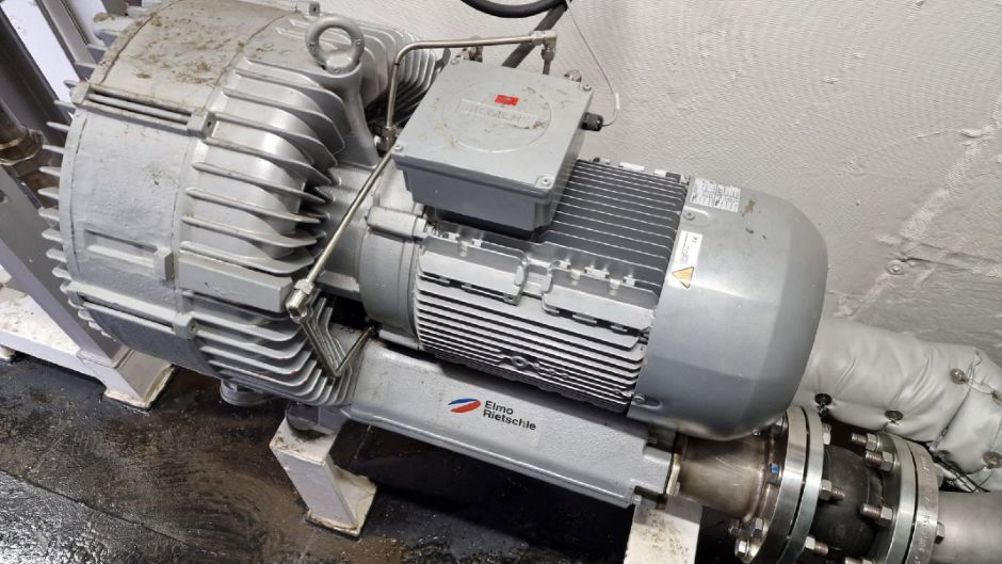Ingersoll Rand and Aqualung team up on scalable carbon capture
Ingersoll Rand and Aqualung have announced a partnership to design a modular, scalable and instantly deployable carbon capture solution.

The two companies have signed a Head of Agreement (HoA) contract underlining their commitment to harvesting more sustainable energy resources and will soon launch the first commercial prototype of their jointly created carbon capture system.
The prototype brings together Ingersoll Rand’s blower and vacuum solutions with Aqualung’s membrane technology, aiming to create a safe, absorbent-free, and highly compact carbon capture system for industrial gas and biogas.
Due to high costs, carbon capture has largely been left to large-scale operations in heavy industries so far. The partnership aims to address this inequality and make viable carbon capture available to far more industry actors, including medium- or smaller-scale operations.
Aqualung’s patented membrane technology is the culmination of more than 20 years of research from the Norwegian University of Science and Technology, and with no toxic additives it does not require a dedicated site redesign for installation.
The company said its carbon capture solutions are energy- and space-efficient and can be retrofitted to multiple adjacent facilities at once, resulting in potential to drive down cost.
Register now to continue reading
Thanks for visiting The Engineer. You’ve now reached your monthly limit of news stories. Register for free to unlock unlimited access to all of our news coverage, as well as premium content including opinion, in-depth features and special reports.
Benefits of registering
-
In-depth insights and coverage of key emerging trends
-
Unrestricted access to special reports throughout the year
-
Daily technology news delivered straight to your inbox










UK Enters ‘Golden Age of Nuclear’
Anybody know why it takes from 2025 to mid 2030's to build a factory-made SMR, by RR? Ten years... has there been no demonstrator either? Do RR...